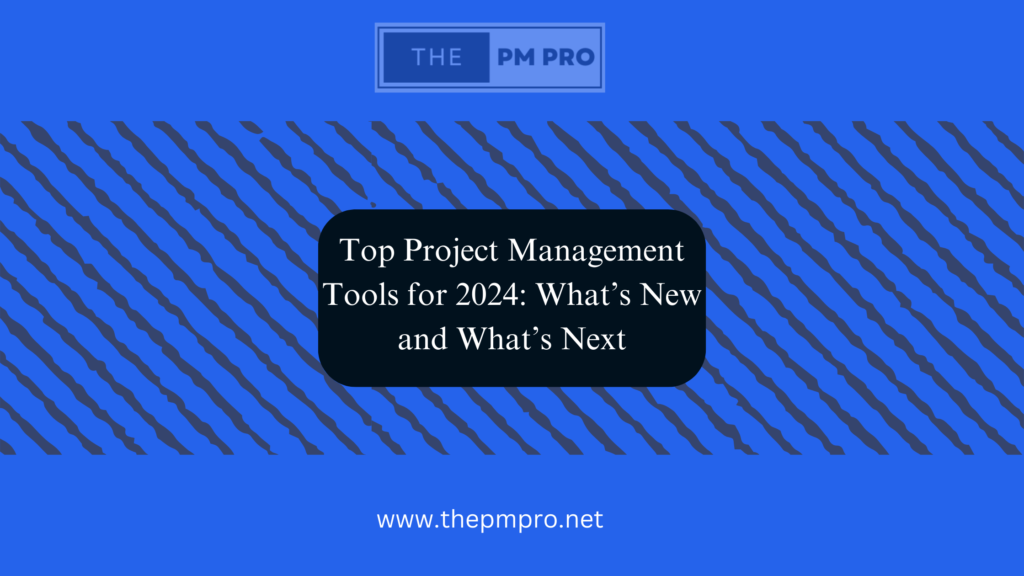What is a Project Initiation Document
A project initiation document is similar to a project charter, but it defines the project in greater detail. It is used in the PRINCE2 project management methodology. A project initiation document is a process-based and linear document that breaks the project into stages and is used in the UK.

The project initiation document is the final part of the initiation phase of a project and acts as the basis of the project plan. It helps get stakeholder buy-in and informs the team of what’s next. It is a living document and is frequently reviewed and revised throughout the lifecycle of the project. Changes are reflected in the project initiation document.
Why is a Project Initiation Document Important
There are many different ways in which the document is important. A project initiation document is a crucial document in the project initiation phase because it consolidates other documents from this phase. It ensures developing an understanding of the project before the project is taken to the board for financial support.
Another aspect of the document is it creates a baseline. The project manager and the project board can refer to the project initiation document and track their progress. They compare the actual progress against the project initiation document. It also helps identify project issues that impact the project scope, time, and cost.
The project initiation document helps new team members learn everything about the project in a single place, such as the reason behind the project, the risks, the justification, and how the project is managed.
What is Included in a Project Initiation Document
There has been a lot of discussion around what the project initiation document is and what it’s importance is, but we have yet to get into detail about what’s included in it. Below, we have outlined the sections included in a project initiation document:
Project Definition
A project initiation document summarizes the project and defines the following:
Purpose
The reason behind the project, i.e, developing a new product.
Objectives
Define the short-term and long-term project objectives.
Success criteria
How you will measure the project’s success.
Assumptions
A list of what you’ve proven and assume is true and can affect the project.
Business Case
A business case document is the project justification and is similar to a project definition. It goes into greater detail, i.e, the project benefits, risks, and costs.
Project Scope
Project scope outlines things that are a must for project completion. It includes project goals definition, workflow management, and constraints.
Project Budget
Project budget is the most accurate project cost estimation. Here, you’ll use different techniques to be close to actual costs. Therefore, use historical data, expert opinion, and break down the project to estimate task costs to get the budget.
Project Timeline
Listing all your activities, deliverables, and tasks will help you with your project schedule. Each task must have a start and an end date. Then place the project tasks on a timeline to see the whole project on a single page.
Project Breakdown
To avoid overlooking a project task in your timeline, use a work breakdown structure. The work breakdown structure is a tree-like structure with final deliverables on top and the deliverables that help you reach them branching below. Knowing your deliverables will enable you to determine the tasks to produce them.
Resource Plan
Resources are the things to execute the project and include equipment, team, and materials. The resource plan lists the resources, when you need them, and how much you need them.
Risk Plan
All projects have risks, whether negative or positive, and should be taken into account. The risk plan identifies risks and what needs to be done if they become a project issue. You must assign a member to respond to each risk and set a likelihood, impact, and priority for each risk.
Change Management Plan
Changes are inevitable to projects and this is where the change management plan plays it’s role. A change management plan establishes a process for change management so that changes can be reviewed and rejected or approved. It also provides details on how project changes will be implemented and communicated.
Roles & Responsibilities
The roles and responsibilities document defines team, member roles and responsibilities, explains who answers team questions, and who to report to. This shall be communicated to every team member prior to the project start.
Project Controls
Managers must monitor performance and progress to ensure the project stays on schedule. Project controls ensure project alignment with the budget and meet quality requirements.
Communication Plan
Stakeholders must be kept informed. A communication plan details who needs what, how frequently they should be updated, and their preferred way of getting data. It also includes keeping everyone informed.
Project Initiation Document vs Project Plan
The project initiation document is somewhat similar to a project plan. There are some elements of the project initiation document that are the same as the elements in the project plan. For instance, both of them have a project timeline, deal with budget, and resources. But while there are some similarities, there are differences as well.
The details that go into a project initiation document are higher-level than those of a project plan. The project plan is designed for steps from project start to project end that lead to the completion of a deliverable. A project plan acts as a roadmap, while the project initiation document provides a detailed overview of the whole project.
Another difference is that the project initiation document is part of the PRINCE2, which is unlikely when running a project using another methodology. For example, the waterfall uses a similar document but terms it as the project charter.
Project Initiation Document vs Project Brief
A project brief is somewhat similar to a project initiation document, but the level of detail differs between the two. While the project initiation document has information from the project board, which makes a decision on whether to approve or decline the project, a project brief, on the other hand, contains short description of project elements. The project lead or the project manager creates the project initiation document. They start with a PID after they create the project brief.
What is a Project Initiation Document- FAQs
What is the project initiation document?
The project initiation document contains baselined products for management. It defines project details in a sufficient way and enables the board to assess viability and monitor performance.
What is the purpose of the PID?
The purpose of a PID is to collect information on planning that will enable project execution in the right direction, gain stakeholder approval, and create a clear plan to deliver the project.
Who creates the project initiation document?
Project managers create the PID during project initiation.
Who signs off a PID?
The PID is signed off by sponsors and is conveyed to all project stakeholders. It bundles documentation to create a logical document and bring together key information to run the project.
Do follow our Tools and Techniques Section for more relevant articles
Do follow our YouTube Channel for video form of articles

